NeuroNuggets
Welcome to NeuroNest’s Cool Facts Corner, your go-to spot for brainy bites that inform, surprise, and inspire. Whether you're here for quirky science, historical gems, or myth-busting clarity, we’ve got you covered:
NeuroNuggets deliver quick, captivating facts about the brain and behavior; bite-sized insights to spark your curiosity and expand your neuro-knowledge. Check back weekly for new nuggets!
This Month in Brain History takes you on a journey through time, spotlighting the breakthroughs, bizarre experiments, and brilliant minds that shaped psychology and neuroscience.
Myth vs. Fact clears up the confusion around popular brain and psych myths with evidence-based explanations. No more falling for “we only use 10% of our brain” nonsense.
This Month in Brain History: October 13th- National Train Your Brain Day
Celebrate by doing things to keep your brain healthy and happy
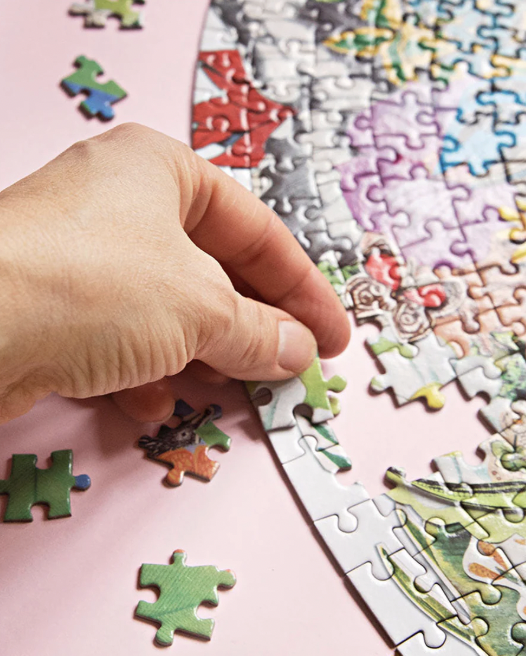
Work on solving puzzles, doing crosswords and engage in complex problem solving games.

Read books! Find some recommendations in our Happy Brains section!

Practice mindfulness and partake in meditation sessions.

Get your creative juices flowing! Do some hands on activities like painting, drawing, writing and more.
Myth vs. Fact: Your Brain "Turns Off" When You Daydream
This is a myth!
When your mind drifts, replaying old conversations, imagining the future, or wondering “what if", your default mode network switches on. This network, spanning areas like the medial prefrontal cortex, posterior cingulate cortex, and angular gyrus, acts as your brain’s “story generator.” It stitches together memories, emotions, and imagined scenarios to help you understand yourself and others. Far from being idle, daydreaming is a kind of mental rehearsal: it strengthens your sense of identity, creativity, and empathy. In fact, bursts of DMN activity are linked to insight and innovation, those “aha!” moments often arrive when your brain is seemingly off-task.
Your Brain Can Predict the Future (A Few Milliseconds at a Time)
Your brain is constantly running tiny simulations of what’s about to happen next. Every time you reach for a cup or listen to someone speak, neural circuits use past experience and sensory patterns to predict incoming information before it even arrives. This “predictive coding” keeps perception smooth and continuous, so you don’t notice the tiny delays in your senses or neural processing. Without it, the world would feel choppy and disconnected. Essentially, your brain is less of a passive observer and more of a clever guesser, fine-tuning its model of reality hundreds of times per second.

You taste with your brain, not your tongue
Taste buds only detect basic sensations (sweet, sour, salty, bitter, umami). The flavor experience happens when your brain combines those signals with smell, texture, temperature, and even memory.


Your posture affects your mood
Body and brain constantly communicate- standing tall can raise dopamine and serotonin levels, while slouching can reinforce negative affect. The “power pose” effect isn’t just psychological; it’s also neurochemical.
Try the Power Pose every morning and see if you notice a difference in your mood!
Click this link to watch a TED talk on body language and self perception.
This Month in Brain History: September 24th, 2025- Huntington's Disease

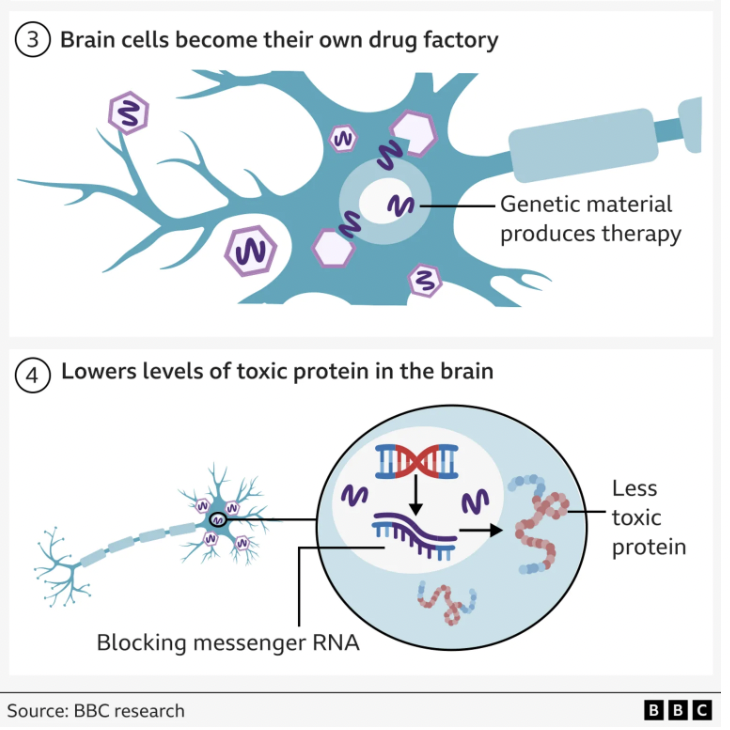
This month, researchers at University College London and biotech company uniQure announced groundbreaking results from a Phase I/II trial of AMT-130, a one-time AAV5 gene therapy targeting the HTT gene (the Huntington's gene). The treatment, delivered directly into the brain via stereotactic neurosurgery, slowed disease progression by 75% over three years compared to matched controls. Led by Professor Sarah Tabrizi and Professor Ed Wild, the trial marks the first clear evidence that Huntington’s disease can be slowed in humans. AMT-130 works by lowering production of the toxic huntingtin protein, offering unprecedented hope for modifying, rather than merely managing this devastating disorder. A Biologics License Application to the FDA is expected in 2026, signaling a major step toward the first disease-altering therapy for Huntington’s.
This is so exciting given that we are actively seeing massive advancements in Huntington's treatment!!

Your Brain Cleans Itself While You Sleep
A Cell Reports study in showed that during REM sleep, the glymphatic system (your brain’s “cleaning crew”) becomes more active, flushing out waste like amyloid. This is thought to be due to a slight shrinking of your brain cells during sleep which allows glymphatic fluid to flow through the brain and pick up "trash" more freely.
Myth vs. Fact: Have Our Brains Grown or Shrunk with Evolution?
Some research shows that our brain size has decreased about 10% within the last 100,000 years. There has been a lot of discussion on the possible explanations for this shrinkage including the invention of language which enable more efficient thinking.
However, new research at UC Davis has shown that brain size has been increasing for people born after the 1930s. Participants that had been born in the 70s had, on average, 6.6% larger brain volume and about 15% more surface area compare to those born in the 30s.
So what do you think? Myth or Fact?

This Month in Brain History: August 1971- Stanford Prison Experiment
The Stanford Prison Experiment (August 14–20, 1971) was a psychology study led by Philip Zimbardo at Stanford University. Twenty-four male college students were randomly assigned to play the roles of guards or prisoners in a simulated prison environment. Over the course of the experiment, the guards quickly became authoritarian and abusive, while the prisoners showed signs of stress, depression, and helplessness. The situation escalated so severely that the planned two-week study was terminated after only six days. The experiment is often cited as evidence of the powerful influence of situational factors and social roles on human behavior, though it has faced heavy criticism for ethical issues and methodological flaws.
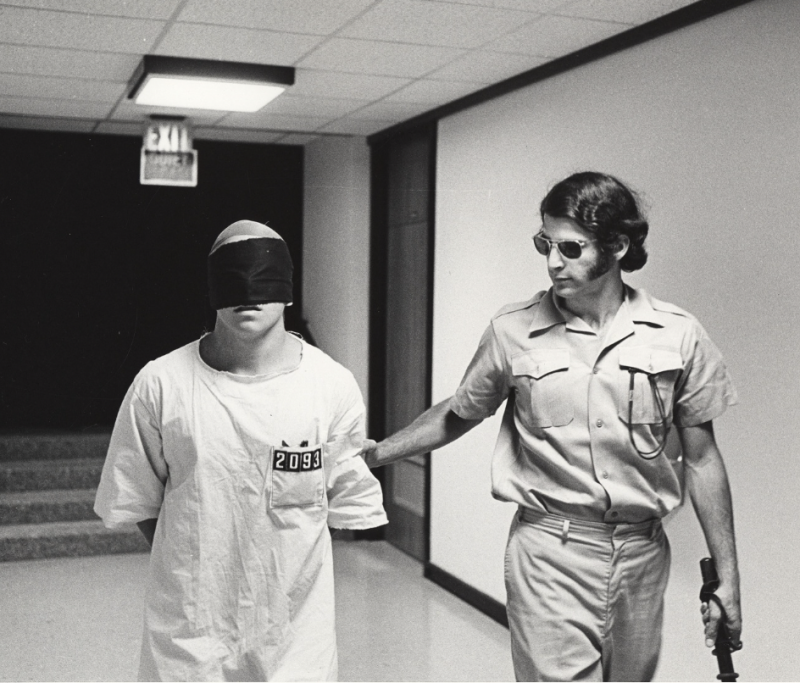
Brains Like Fingerprints

Every brain has a specific and distinct functional connectivity network. These profiles are distinct enough to identify an individual from a group solely using fMRI technology. These individual-specific connectivity profiles are typically called "functional connectome fingerprints" and they remain stable across time and even across different task conditions.
Your Brain Could Power a Lightbulb
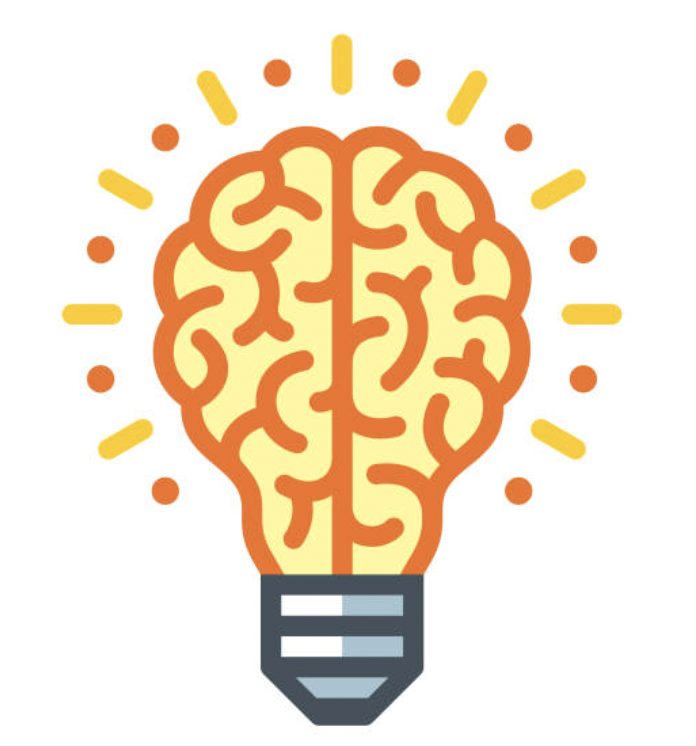
Yep, it's true! Your brain could power a 25-Watt lightbulb. The brain’s billions of neurons consume 20% of the body's energy even when at rest, which is enough to power a small light bulb.
This Month in Brain History: July 1924- The First Ever EEG
On July 6, 1924, German psychiatrist Hans Berger performed the first-ever recording of human brain waves using what would later be named the electroencephalogram (EEG). This groundbreaking achievement revealed that the brain emits measurable electrical signals, like the famous alpha and beta waves, that change with thought and emotion. Berger’s innovation laid the foundations for modern neurology by enabling non-invasive detection of neurological disorders, including epilepsy, and transforming brain research and clinical care

Myth vs. Fact: Left and Right Brained People
Myth: Left-brained people are logical, and right-brained people are creative.
Fact:There's no scientific evidence that people are strictly right or left brained. While some brain functions are lateralized (like language is usually left-dominant; spatial awareness is often right-dominant), fMRI studies show that both hemispheres are active together during most cognitive tasks. A 2013 University of Utah study analyzing over 1,000 brain scans found no evidence for dominant hemisphere personalities. Instead, traits like creativity, logic, and empathy arise from interconnected networks across both hemispheres, not just one side.
Moldable Minds
Neuroplasticity means your brain can rewire itself through experience. Practicing a new skill (like learning an instrument) literally strengthens the connections between neurons, especially in the motor cortex and sensory areas. This is also how habits form; repeating a behavior (good or bad) reinforces certain circuits, especially in the basal ganglia, the brain’s habit hub.


This Moth in Brain History: June 26, 1878- The First U.S. PhD in Psychology
On this day, G. Stanley Hall became the first person in the United States to earn a doctoral degree in psychology, receiving his PhD from Harvard University. This moment marked a huge turning point in the development of psychology as a scientific discipline in America. Hall founded the American Psychological Association (APA) in 1892 and served as its first president. He also established the first US psychology research lab and mentored several future leaders in psychology, including John Dewey and Mary Whiton Calkins. By earning the first psychology PhD in the US, Hall helped lay the foundation for the professionalization and academic growth of psychology.
Memory storage- 20,000 iPhones
Your brain is capable of storing up to 2.5 petabytes of information which is equivalent to about 20,000 iPhones with 128 GB of storage.

Myth vs. Fact: Does the Amygdala Only Process Fear?

Myth: The amygdala only processes fear.
Fact: While the amygdala is famously linked to fear, it's actually involved in evaluating the emotional salience of a wide range of stimuli, not just threats. It helps assign value to both positive and negative experiences, and plays a role in reward learning, social behavior, and decision-making. Oversimplifying it as the "fear center" ignores its broader role in emotional processing.
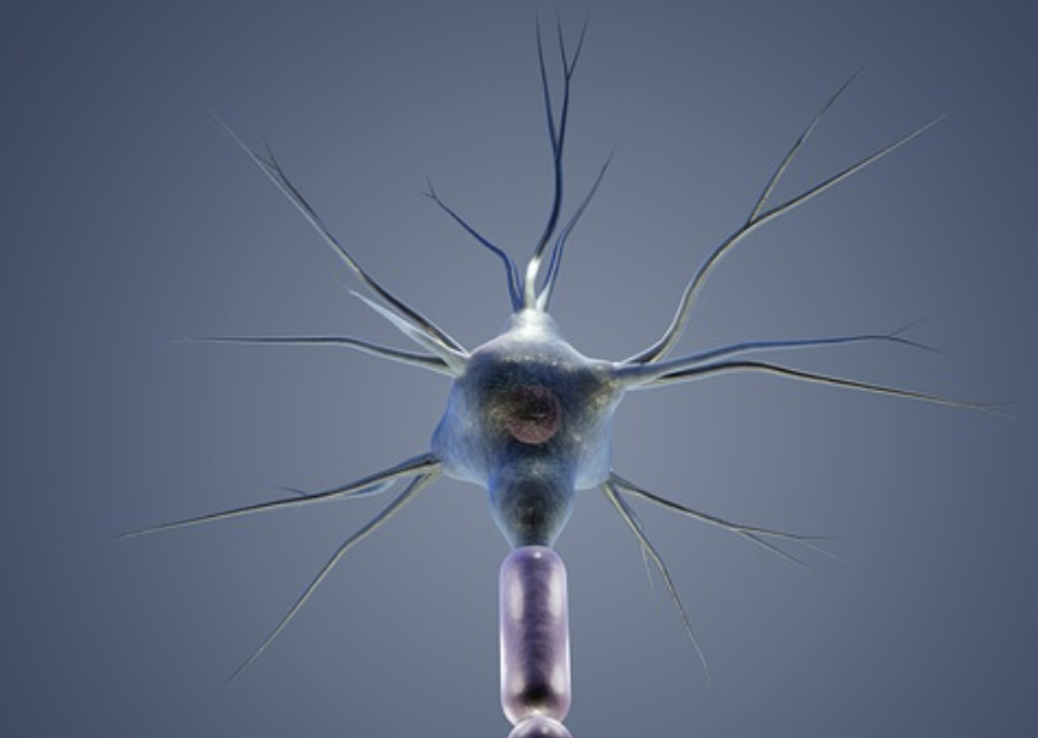
The Brain Has Its Own "Internet"
The brain contains around 86 billion neurons, and each one can form thousands of synaptic connections with others, resulting in over 100 trillion connections. That’s more than the number of stars in our galaxy or webpages on the internet. Think of your brain as its own hyper-connected neural network, updating itself every millisecond.

This Month in Brain History: May 1952- The Hodgkin-Huxley Model
In May 1952, British scientists Alan Hodgkin and Andrew Huxley published a paper that fundamentally changed our understanding of how neurons communicate. By studying the squid giant axon using a voltage clamp technique, they developed a mathematical model that explained how neurons generate action potentials. Their model showed how the movement of sodium and potassium ions across the neuronal membrane creates these spikes in voltage. This work laid the foundation for modern electrophysiology and continues to influence neuroscience today. The Hodgkin-Huxley model is still used to simulate how neurons behave in both healthy and diseased states, to teach fundamental principles of ion channel dynamics, and as a basis for more complex models of brain circuits. Their contributions earned them the Nobel Prize in Physiology or Medicine in 1963 and remain one of the most enduring achievements in neuroscience.
Brain Freeze

Create Your Own Website With Webador